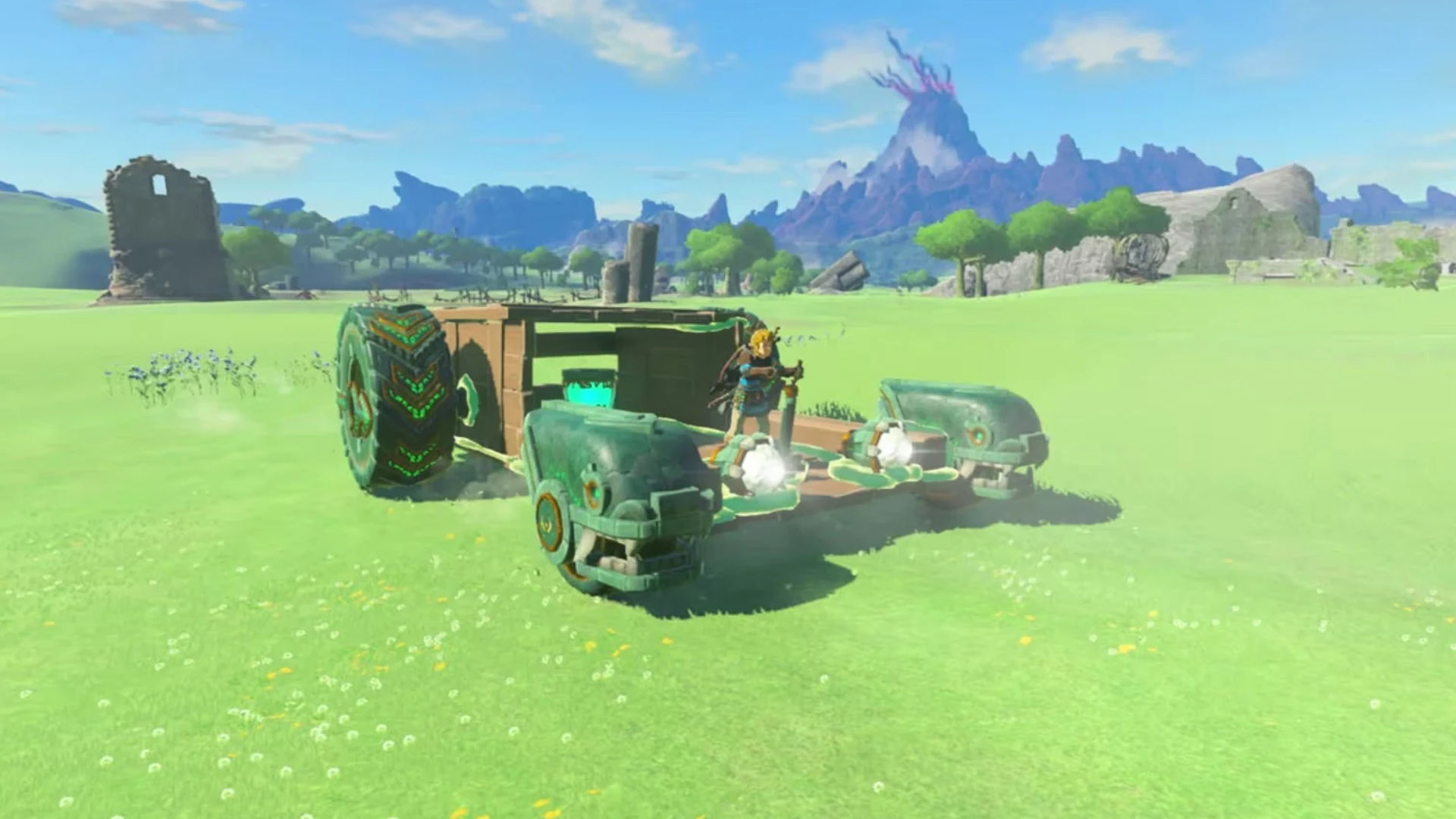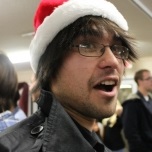Tears of the Kingdom Developers Discuss the Challenges and Triumphs of Their Physics System
Posted on April 11 2024 by Rod Lloyd

Last month, a panel of prominent Tears of the Kingdom developers, including Senior Director Takuhiro Dohta, Sound Programmer Junya Osada, and Lead Physics Programmer Takahiro Takayama, hosted a presentation at the 2024 Game Developers Conference. The panel offered several insights into the creation of the massive 2023 Zelda sequel and shared about the core philosophies that guided the team during development. The concept of “multiplicative gameplay,” wherein “action and objects come together to create countless possibilities,” was a particular focus of the presentation.
Following the panel, outlet Game Developer had the opportunity to further discuss Tears of the Kingdom‘s technical achievements with the participating panelists. The interview explored how Tears’ developers were inspired by player “stunts” in Breath of the Wild and the game’s so-called “Physics Engine for Sound,” but perhaps the most intriguing takeaways related to Tears of the Kingdom‘s much-lauded physics system.
Takahiro Takayama recognized that crafting a physics system that accommodated Tears of the Kingdom‘s Fuse mechanic — including its physics-driven objects with mass, movement, inertia that are subjected to velocity and acceleration — would be “very, very difficult.”
“I said to myself ‘are we really doing this?! Development is going to be chaos.'” He said diving into this development mindset required “courage.”
Early attempts to create moveable objects, referred to as “kinematic rigid body control,” resulted in constant game-breaking scenarios:
“I would hear things like ‘it broke!’ or ‘it went flying!’,” he said. The exasperation in his responses from that time carried through to his presentation “I would respond with ‘I know, we’ll deal with it later,'” he would say.
Such setbacks forced the team to rethink its approach to moveable objects, which would end up impacting several other aspects of development, such as puzzle design and inventory management. But despite these challenges, they were ultimately able to craft a system wherein fused objects and vehicles could be moved and operated in a way that makes sense within the game world.
Though the developers emphasized that they “largely [had] players in mind” when building these systems, they did reflect on the recognition they’ve received from within the development community.
“When I heard developers had such a positive reaction to something we created, it reaches a different part of my heart,” Dohta admitted, adding that it’s a “separate joy” to hear colleagues working in the same field were so impressed with his work.
Takayama echoed those sentiments, saying that “the fact we received compliments like this speaks to the fact there are developers who understand the complexity and challenges of implanting something like this.”
“Just knowing there are people who have tried to understand this and these challenges brings me joy and a sort of camaraderie—they’re colleagues in the same field and that warms my heart as well.”
Takayama punctuated the conversation with a message to other game developers inspired by the work he and his team did on Tears of the Kingdom:
“Taking on the challenge of creating such a system can be [difficult]. It’s a lot of work at the front end,” he said. “But as you create the system there’s a lot of new discoveries…a lot of new experiences that you can have as a developer once you get into the groove of things.
“I just want to say that it can become very fun.”
You can read all about Game Developer’s conversation right here.
I definitely cherish these opportunities to hear about the challenges developers faced while creating the games we love and the methods by which those challenges were overcome. What did you take away from this conversation? Was there an aspect of Tears of the Kingdom‘s physics engine that you found interesting? Let us know in the comments below.
Source: Game Developer

Rod Lloyd is the Editor-In-Chief at Zelda Dungeon, overseeing the news and feature content for the site. Rod is considered the veteran of the writing team, having started writing for Zelda Informer in 2014 as a Junior Editor. After ZD and ZI officially merged in 2017, he stepped into the Managing Editor role and has helped steer the ship ever since. He stepped up to lead the writing team as Editor-In-Chief in 2023.
You can reach Rod at: rod.lloyd@zeldadungeon.net



